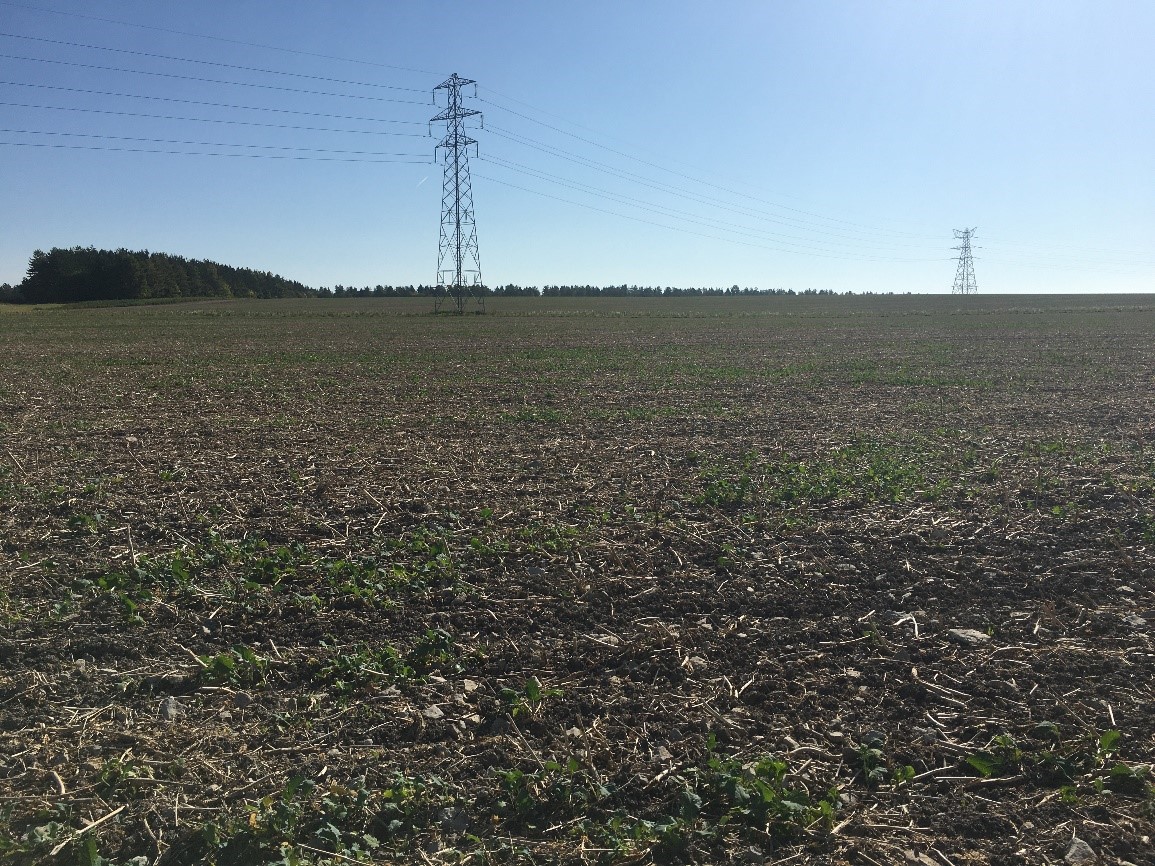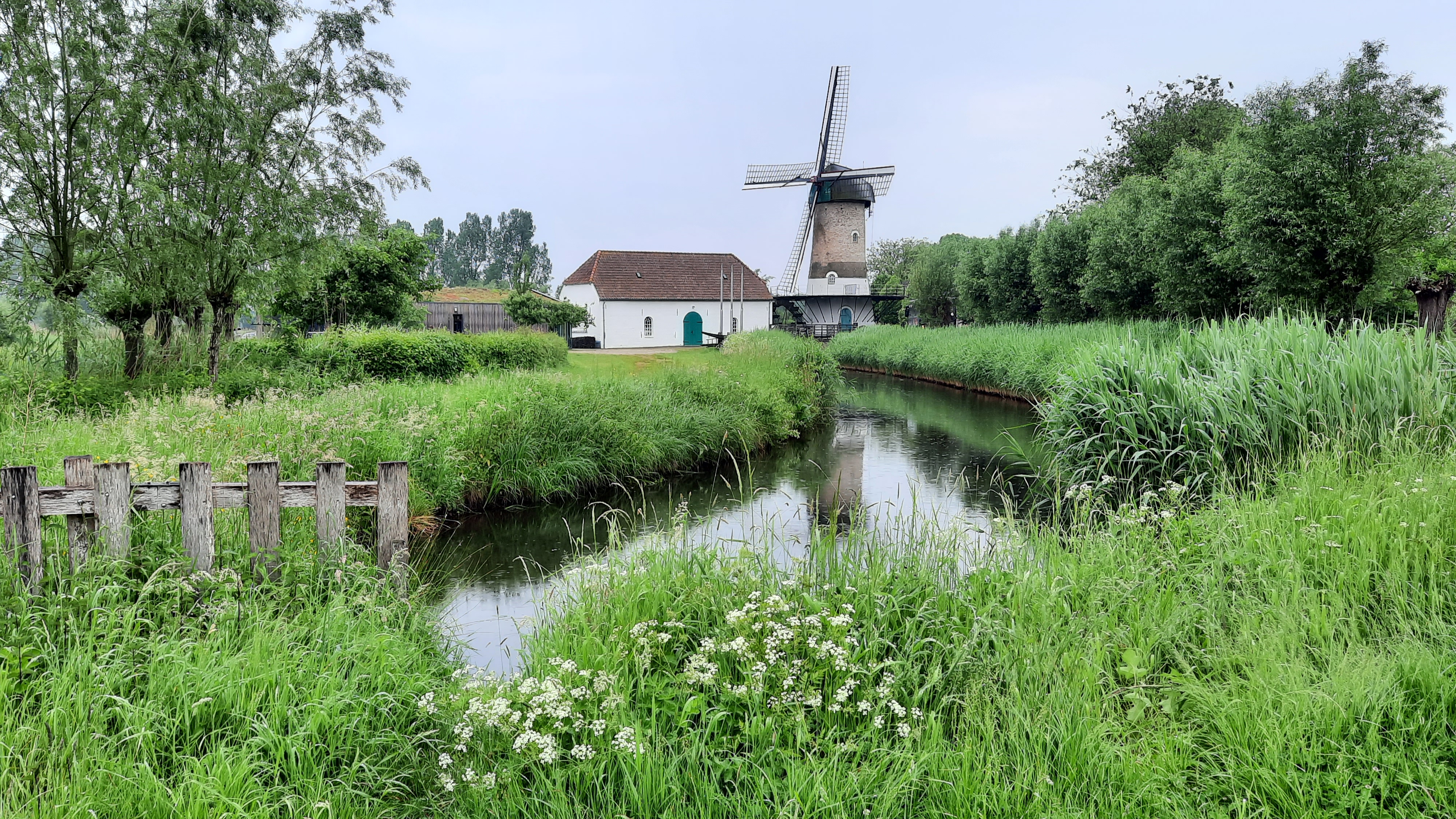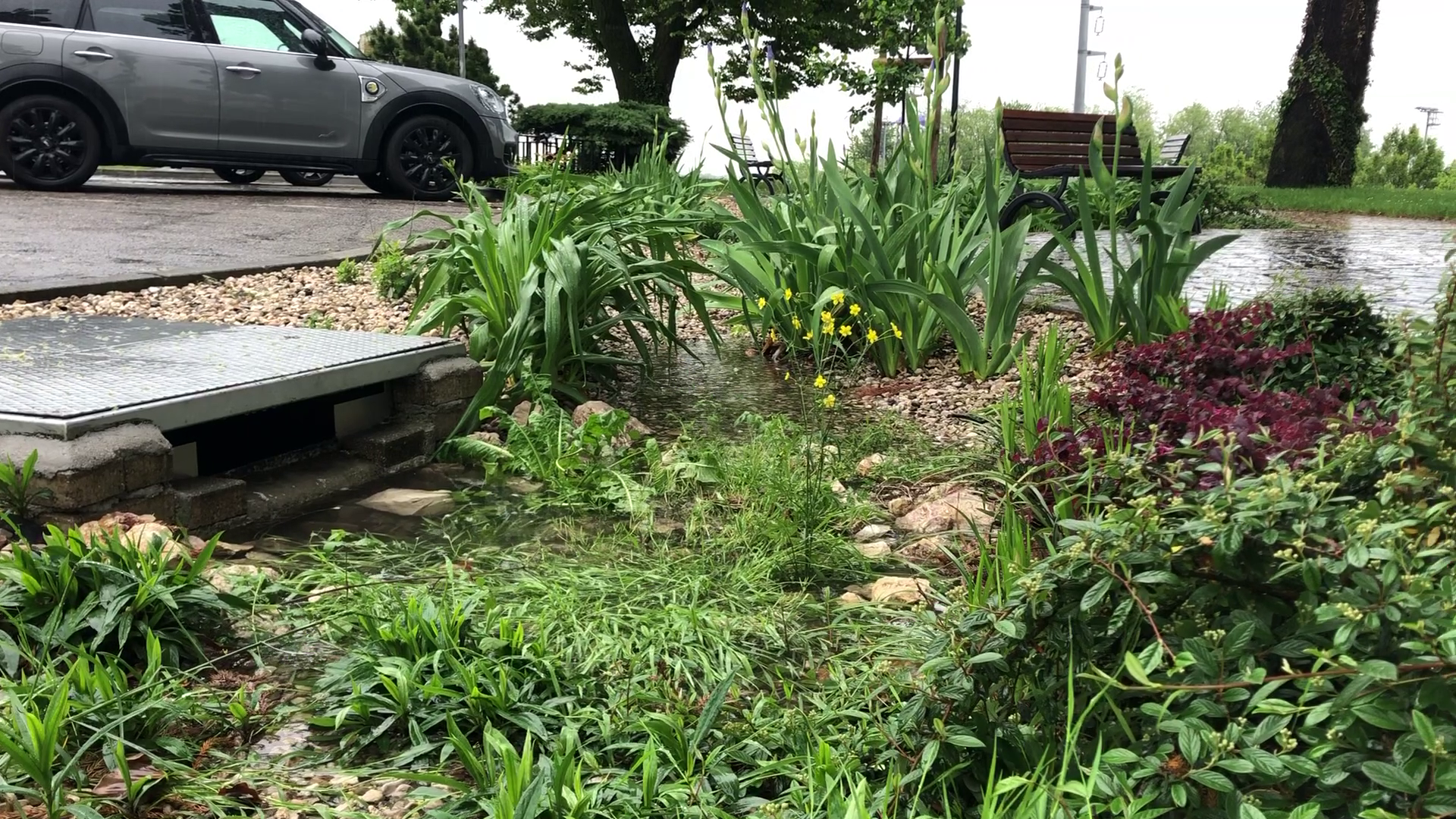
Read More
The Thames regenerative agriculture sites which we are studying are predominantly located on farms in Oxfordshire and Berkshire, in the Thames catchment. Both of these sites are on slowly permeable loamy/clayey soils over a mudstone geology. Regenerative agriculture aims to improve the sponge function of the soil..

